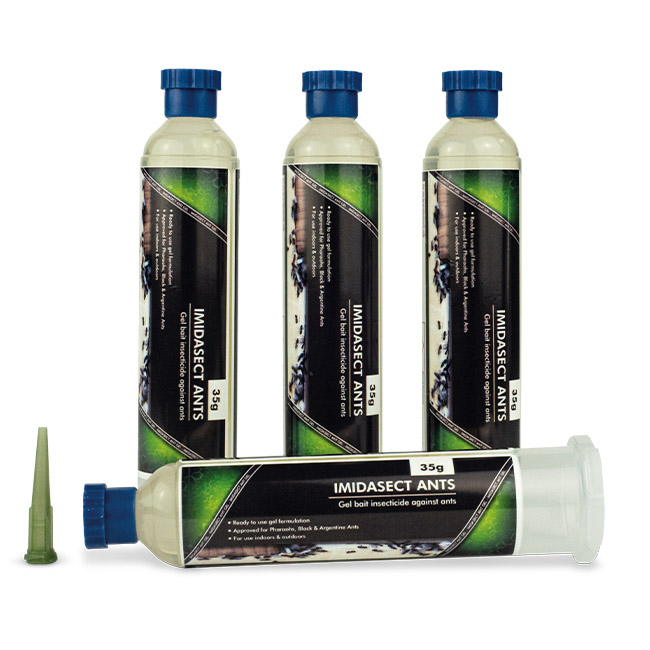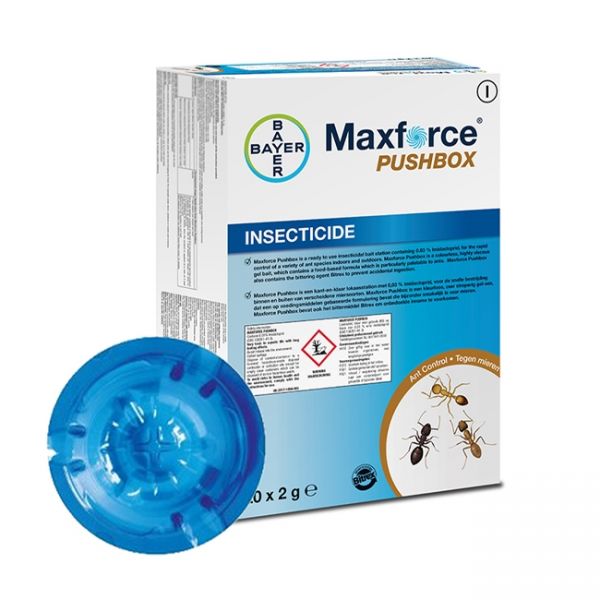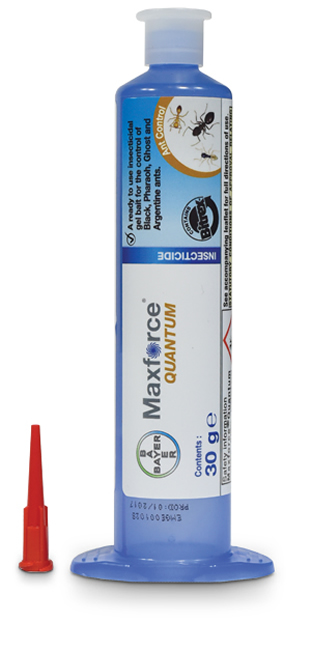Fruit Fly (Drosophila spp)
Fruit fly (Drosophila spp)
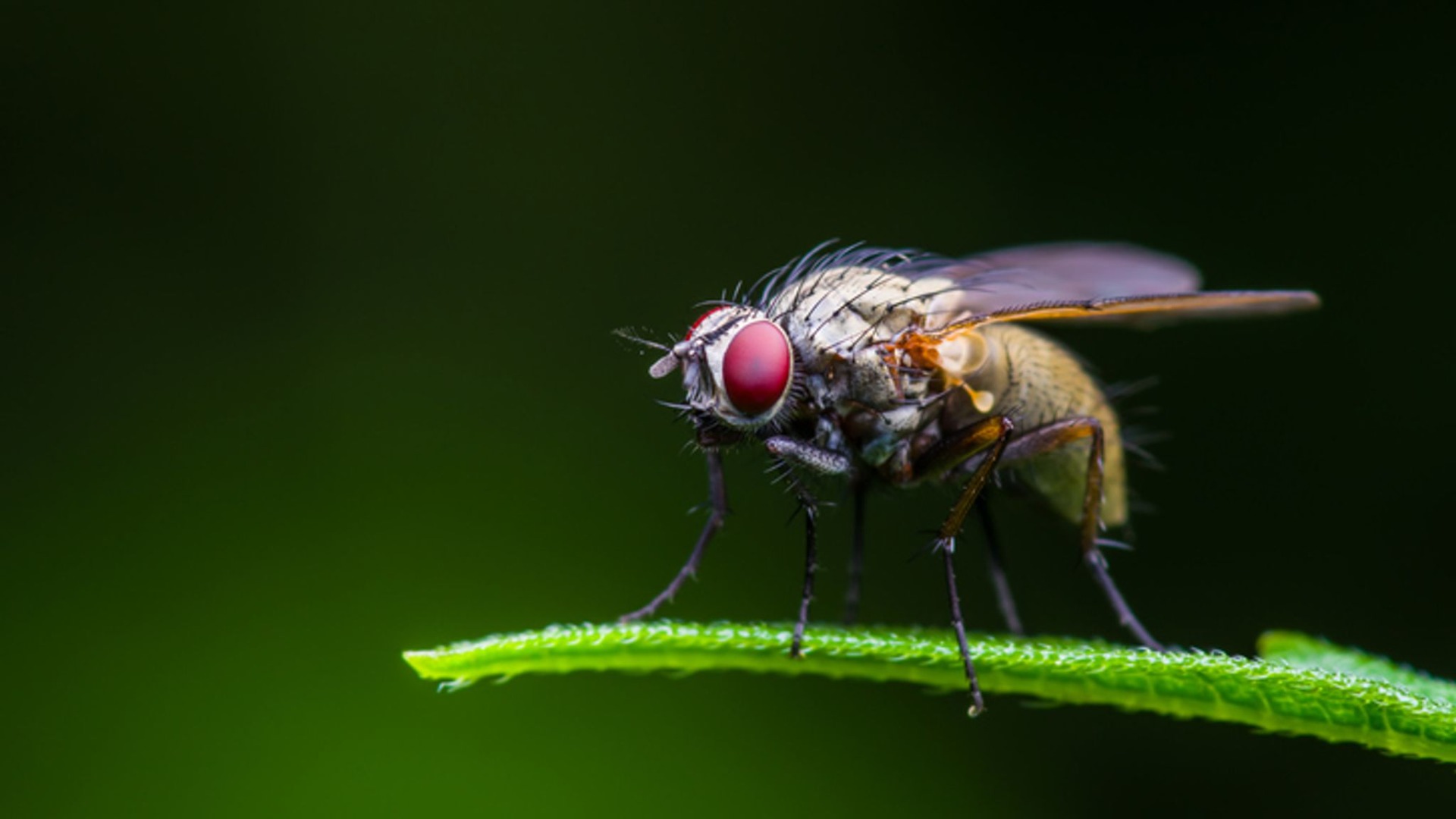 |
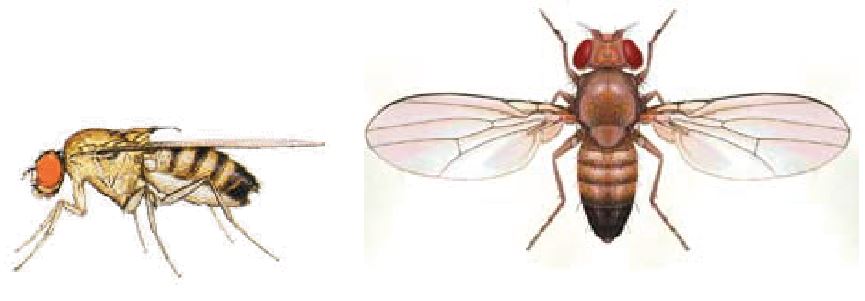 |
Identification:
Adult flies are very small insects, about 3mm in length. Body colour is usually a light yellow to tan colour. A distinguishing feature is their red eyes. Fruit flies are weak fliers.
Biology:
Female flies typically lay about 500 eggs (but can lay up to 2,000) singly near the surface of moist, fermenting food material such as overripe fruit, rotten vegetables, dirty refuse containers, slime in drains and waste materials. Eggs hatch in 24 to 30 hours, larvae feed principally on the yeast organisms and fungi growing in the fruit and vegetable materials, and through their feeding efforts, they soon turn their food into a semi-liquid mess. After five to six days the larvae crawl to drier portions of the food or even out of it to pupate. The life cycle may be completed in 8 to 15 days depending on the temperature.
Control:
Successful control involves eliminating all possible breeding sites. Good hygiene is critical in the successful control of these flies. Sometimes simply eliminating an overripe banana, fruit juices, empty sauce containers or dirty refuse bins will control these pests. All exposed fruits and vegetables not consumed immediately should be refrigerated before fermentation begins. Any lingering adult flies in the kitchen may be controlled by the use of a residual insecticide labelled for flying insects or ULV treatment.
**Products to control Fruit Fly:
|
Imidasect Ant Gel (35g tube) |
Maxforce Pushbox (20 x 2g) |
Maxforce Quantum Gel (30g tube) |

